Fifteen years after its original release, Batman Begins remains the best superhero origin story of all time.
Batman Begins is understandably overshadowed by its two sequels. It earned less than both The Dark Knight and The Dark Knight Rises, lacks a memetic breakout character like the Joker (Heath Ledger) or Bane (Tom Hardy), and is perhaps more conventional in terms of its storytelling and genre work than the two films that followed. Still, it is a spectacular piece of work on its own terms.
There’s a tendency to talk about the work of co-writer and director Christopher Nolan in terms of “realism,” but that isn’t entirely accurate. Significant portions of his filmography are recognizable as genre films, with movies like The Prestige, Inception, and Interstellar effectively science fiction stories. It is perhaps more accurate to classify Nolan’s approach as “verisimilitude.”
This is quite obvious in Batman Begins. Nolan’s film is less heightened than Tim Burton’s Batman or Batman Returns because he understandably didn’t want to compete with Anton Furst’s classic designs, but it is not especially realistic. The length of Nolan’s Batman’s cape varies from scene to scene. Large portions of Gotham were built on Shepperton Studios sets, designed to evoke Blade Runner.
However, Batman Begins is notable for its investment in the title character. One of the cliché criticisms of the earlier film series was that the villains were always more interesting than the protagonist. “Whilst I enjoyed those (earlier Batmans), it was more the stylization of the villains than Batman himself,” conceded actor Christian Bale. “I didn’t see a whole lot going on in Batman.”
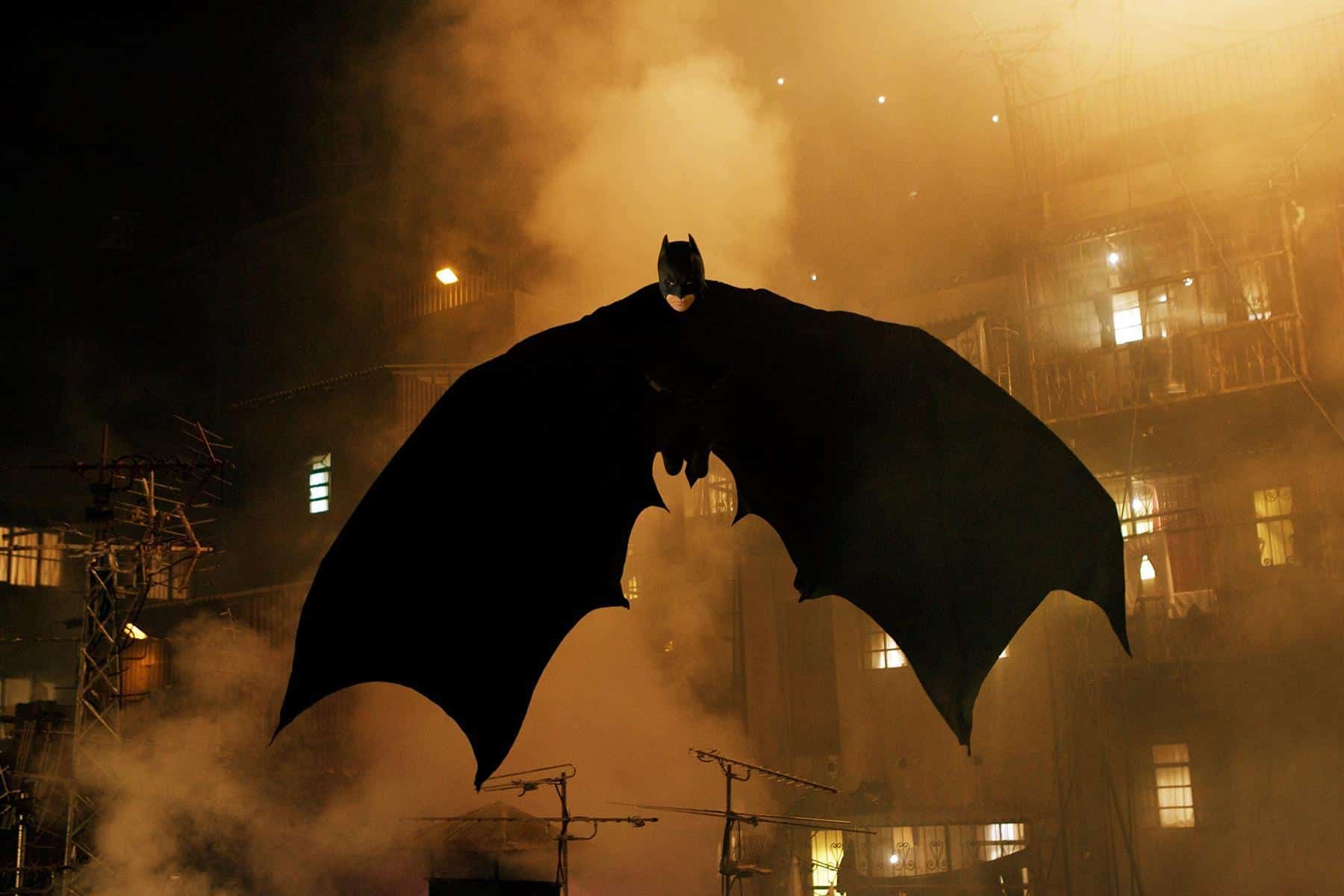
This isn’t entirely fair. Michael Keaton does a lot of great work in both Batman and especially Batman Returns. However, those films took a very broad approach to the characterization of Bruce Wayne. He was drawn in broad strokes. What distinguished Christopher Nolan’s approach to the character was the attention to detail in the character’s psychology.
So much of Nolan’s work is reverse-engineered, with narrative deriving from production constraints or desires. Nolan opted to write his first feature, Following, in a non-linear way in order to help to “keep continuity” easier on a film shot largely on weekends and in his spare time. The time dilation effect in Inception was largely derived from Nolan’s desire to narratively justify slow motion.
With Batman Begins, Nolan inherited an iconic piece of pop culture with a design and aesthetic that was already predetermined. Nolan made a point to stress his desire to translate the character as faithfully as possible from print to screen, while acknowledging differences in media. A large part of Batman Begins is given over to explaining the “why” of the character.
Admittedly, some of the film’s explanations veer into the realm of the obsessive. Batman Begins explains that Bruce Wayne (Bale) wears a cape because he realizes he’ll be jumping off buildings. The movie justifies the scallops on the character’s gauntlets by demonstrating that he learned to use them to grip the side of a mountain and that they can handily snap swords with a muscle flex.
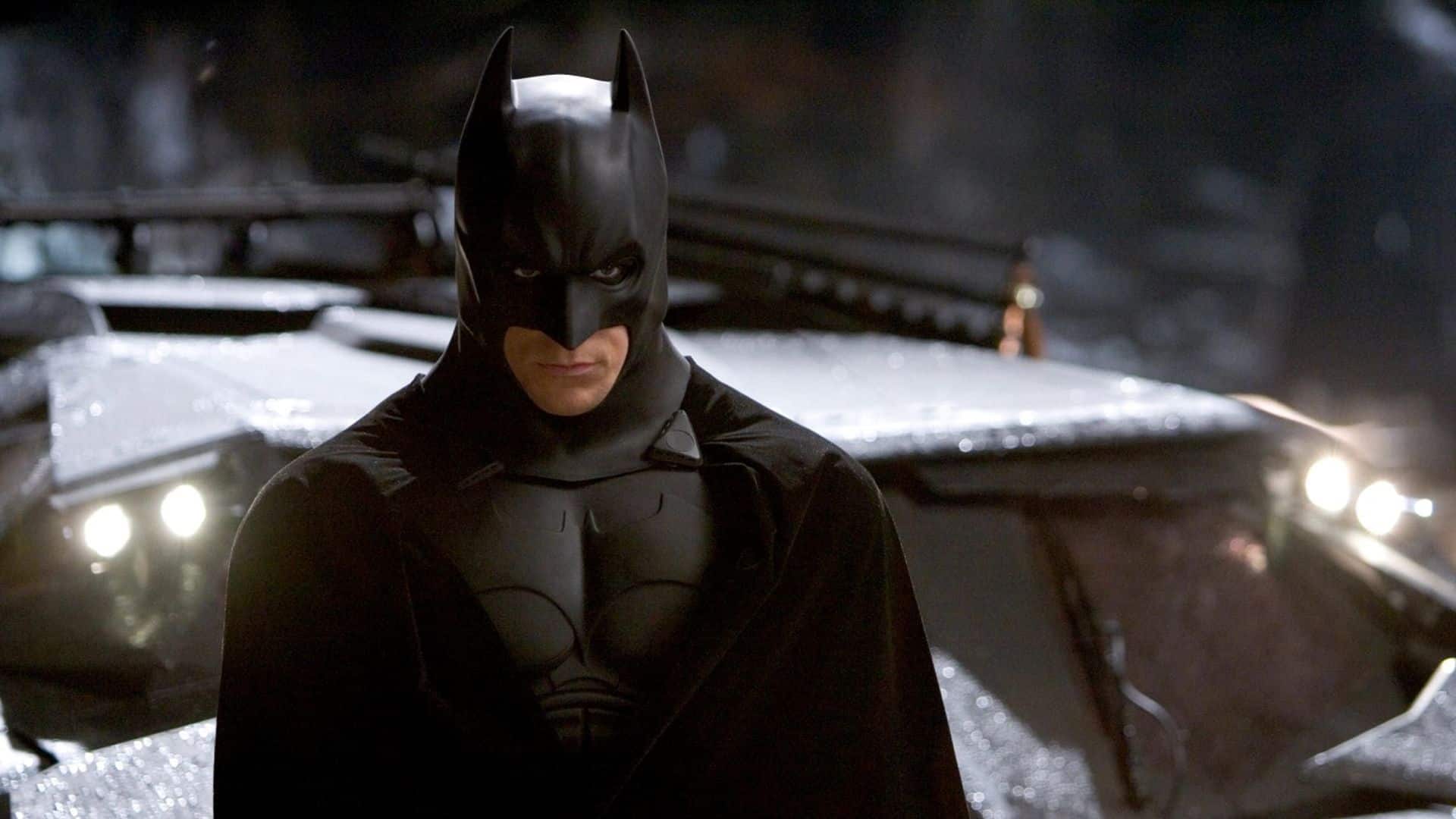
While these touches are fun, Batman Begins is more interesting for the way that it probes Bruce’s psychology. Obviously, there had already been countless origin stories for the character over the years — in print and film. Some of those origin stories are genuinely brilliant, such as Frank Miller and David Mazzucchelli’s Batman: Year One or Batman: Mask of the Phantasm.
These earlier takes on the story gloss over a fairly sizable chunk of the character’s psychology. “Why bats, Master Wayne?” asks Alfred (Michael Caine) as Bruce begins his project. It’s a pretty reasonable question for a character whose brand is quite literally Batman. Earlier origin stories tended to gloss over the actual emotional logic of that choice in favor of narrative simplicity.
As early as Detective Comics #33 in November 1939, the explanation was that Bruce had been contemplating his crusade when a bat happened to fly through the window at the right moment. Frank Miller scaled up that explanation to a mythic or epic event in both The Dark Knight Returns and Year One. However, it still seemed like something of a contrivance on which to hang a character.
After all, anything could easily have come through that window in that moment and radically altered the core trajectory of the character. Writer Grant Morrison and artist Lee Garbett spoof this idea in “The Butler Did It,” with Alfred conceding that “it could have been worse” while considering alternate worlds where Bruce had built his crime-fighting career around a moth or a grasshopper theme.
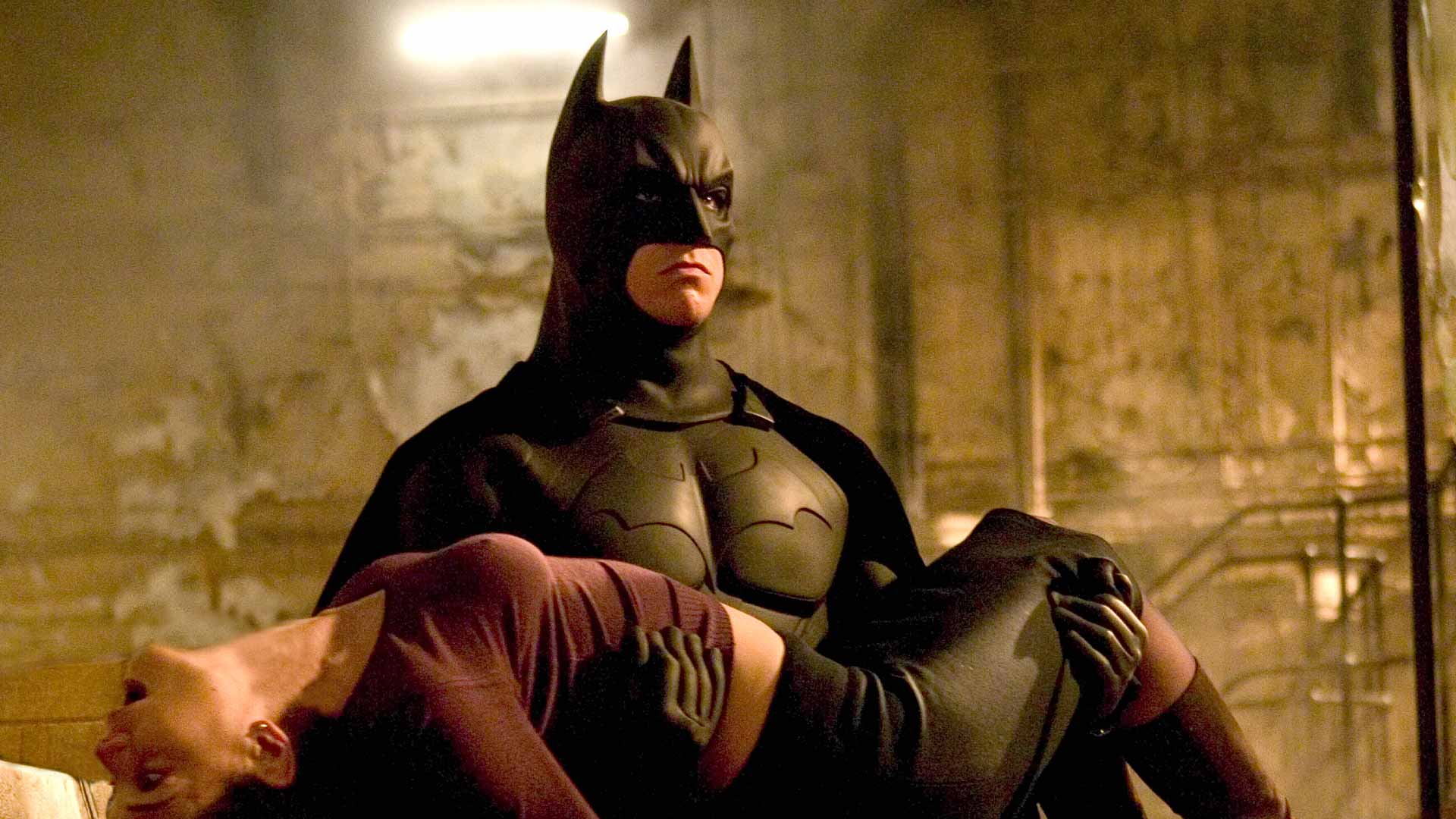
Batman Begins works hard to explain Bruce’s attachment to the bat iconography. He falls into a cave filled with bats as a child, an experience that traumatizes him. That evening, he attends the opera Mefistofele with his parents, only to have a panic attack when confronted with bat-like imagery. Bruce forces his parents to leave via a side door, leading them to the alley where they are killed.
When Bruce tries to articulate his sense of guilt, Alfred firmly insists, “It was nothing that you did. It was him and him alone.” As such, Bruce’s fixation on waging a war against crime is immediately justified as an internalization of that lesson he learned as a child. Later, asked if he still feels guilty about his parents’ death, Bruce explains, “My anger outweighs my guilt.”
On an immediate level, the audience understands that bats are creatures with huge symbolic importance to Bruce. “Bats frighten me,” Bruce explains to Alfred. “It’s time my enemies shared my dread.” However, on a more complex level, the audience understands that the bats displace the sense of guilt that Bruce has never worked through. They represent his anger as much as his guilt.
Everything in Batman Begins is built around Bruce’s psychology and designed to reflect it. The villains exist as mirrors of Bruce, points that can be compared and contrasted. Jonathan Crane (Cillian Murphy) is similarly obsessed with the use of fear as a weapon. Ra’s al Ghul (Liam Neeson) has also used a personal loss to justify an existential war on crime.
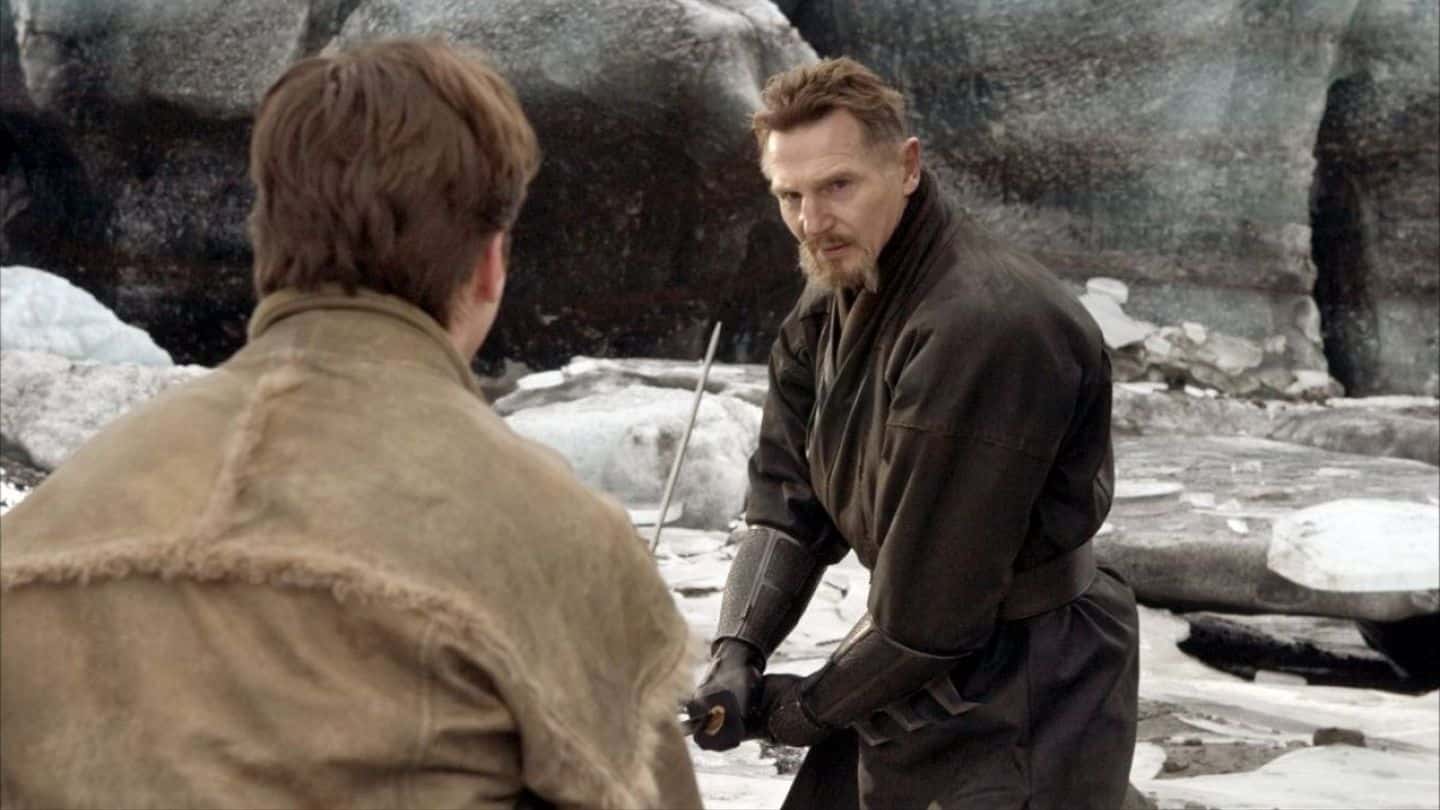
The result is a superhero origin story that is uniquely interested in the psychology of its hero. It’s not that Nolan made the character especially grounded or realistic — this is, after all, still a film about an ancient ninja cult that tries to wipe out a city using weaponized fear gas. It’s that Batman Begins takes its central character seriously and engages with the question of how and why he works.
Nolan has repeatedly pointed to Richard Donner’s Superman as one of his biggest cinematic influences. Donner’s film was promoted with a promise, “You’ll believe a man can fly.” With Batman Begins, Nolan puts his own distinct slant on that approach. You’ll believe that a man would dress up as a giant bat and wage a war on crime.
This is the real beauty of Batman Begins. By its nature, an origin story for Batman should be designed to tell the audience about “who he is and how he came to be.” The character has been blessed with some of the best origin stories in any medium, which makes Batman Begins even more remarkable.
This psychological approach to superhero origin stories has been influential. There is a clear difference between origin stories before and after Batman Begins. Iron Man would most likely be a very different film without the influence of Batman Begins, something that Jon Favreau readily concedes.
Still, 15 years later, Batman Begins remains in a league of its own. No other superhero origin story has invited the audience so deeply into its character’s head.

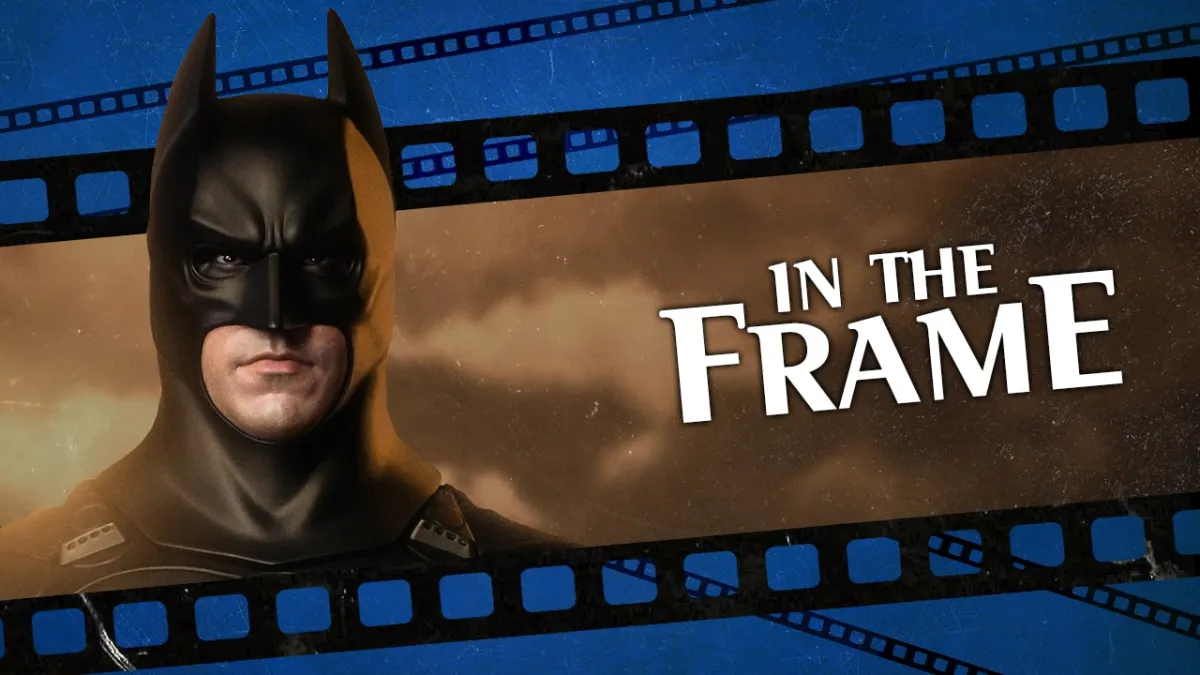




Published: Jun 19, 2020 11:00 am